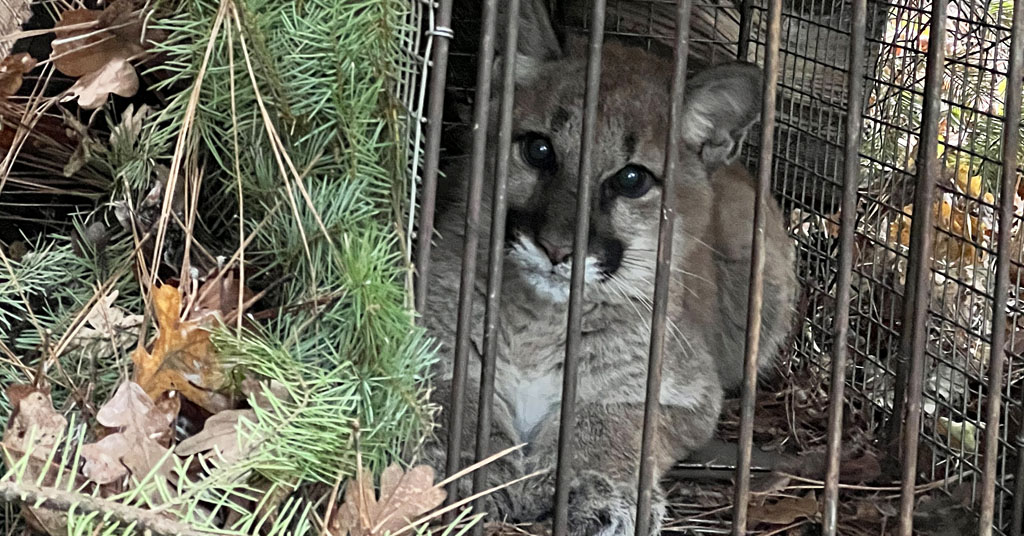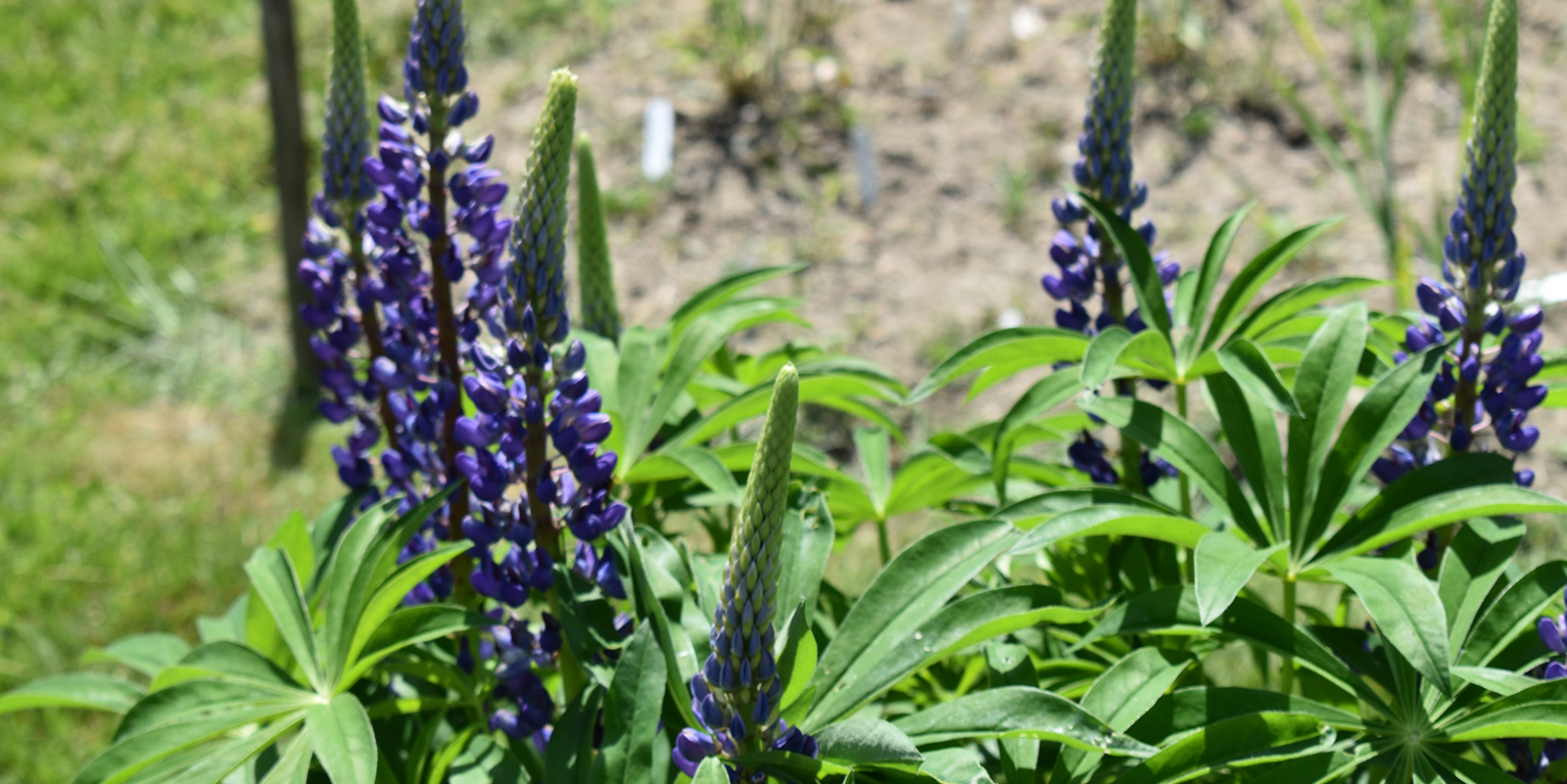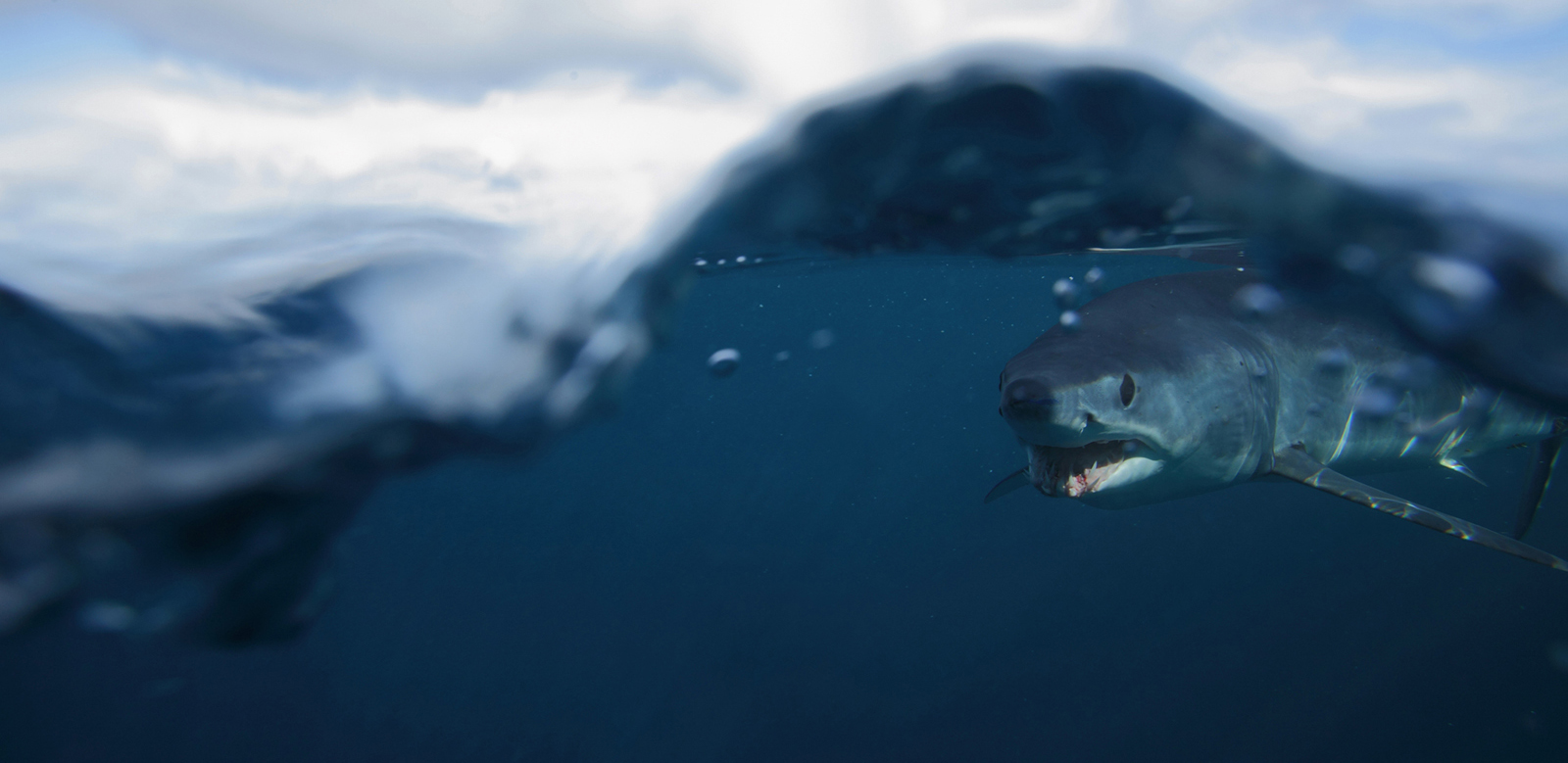Pandemic Escape to Nature Likely to Stress Wildlife
April 1, 2020
The ready access to a large number of local parks and nature preserves in southern New England has been a boon to the many thousands of people seeking a safe way to get out of the house and enjoy the outdoors while also maintaining proper physical distancing during the COVID-19 pandemic.
Parking lots have been full at the Audubon Society, The Nature Conservancy, land trust properties, state wildlife management areas, and national wildlife refuges, especially on weekends. (On March 31, the Rhode Island Department of Environmental Management announced that beginning April 3 it will close state parks and beaches because of the COVID-19 crisis until further notice.)
But the increase in human visitors to these properties isn’t likely to have a positive impact on local wildlife. Research from around the world repeatedly finds that the more people that visit natural areas, the more the wildlife that lives there must change their behaviors, move elsewhere, or otherwise expend energy to avoid the human invaders.
As Scott McWilliams, a University of Rhode Island ornithologist, said, “more people usually equals more disturbance.”
To reduce the impact on local wildlife when visiting area parks and refuges, experts encourage visitors to stay on the marked trails, keep noise to a minimum, avoid walking on beach dunes, and always keep dogs leashed.
Much of the research on this topic focuses on what scientists call “the weekend effect,” in which the greater number of visitors to natural areas on weekends and holidays causes greater disturbances and forces wildlife to shift from prime feeding habitat to lesser quality habitat. The result is that, at least on weekends, many animals have difficulty finding proper nutrition and may become less healthy overall. During the breeding season, frequent disturbance of nest or den sites may lead to the abandonment of breeding efforts.
A study published last year tracked 30 eagles in eastern Spain that were living in two national parks. After 18 months, the researchers determined that the birds flew much farther from their typical home range during weekends because of increased human disturbance during those days.
It’s unknown how long the coronavirus pandemic will last or how long local wildlife refuges will experience greater-than-normal visitation levels, but area biologists note a number of concerns that wildlife populations may face during this time.
Nancy Karraker, a URI herpetologist who studies frogs, toads, turtles, and salamanders, is especially worried about the possibility that native species discovered unexpectedly may become someone’s pet.
“For the creatures I care most about, the greatest potential impact of more people out and about during the warm times of the day is the probability they will encounter a box turtle, spotted turtle, or wood turtle and decide to take it home,” she said.
All three turtle species are rare in the state, and one of the greatest threats facing area turtle populations is collection for the pet trade.
Karraker also noted the problem of snakes or turtles basking in the sun and having to escape to a less conspicuous location when people walk by.
“That’s an important concern especially for female snakes or turtles that bask to speed development of eggs or young internally,” she said. “Plunging into the water or fleeing frequently will also be an energetic concern that will have a larger effect on gravid females than on males.”
Another way wildlife can be impacted by increased visitation to natural areas is the disturbance caused by the noise made by visitors. David Gregg, executive director of the Rhode Island Natural History Survey, pointed to research indicating that birds often have to sing louder to attract mates and take other steps when adapting to living in noisy areas.
Although the intermittent noises from visitors to parks isn’t likely to require long-term changes to the behavior of area wildlife, if noise levels remain high for extended periods, some species may depart the area entirely to find less noisy locales.
Charles Brown, a wildlife biologist for the Rhode Island Department of Environmental Management whose office is at the Great Swamp Wildlife Management Area in Kingston, has noticed a significant increase in visitors to the Great Swamp in recent weeks. He said most resident animals are probably used to some level of human activity, and many, such as squirrels and robins common in urban parks, will be unfazed by an increase in human visitation.
But, like Karraker, he is concerned that those species that bask in the sun could be negatively impacted by the disturbances caused by increasing numbers of visitors. He noted that the ringed boghaunter, the state’s rarest dragonfly, is among the sun-worshippers that could be impacted.
Brown’s greatest worry, however, is his observation that many people bring dogs to local refuges and let them run off their leash, which is illegal at state management areas between March 15 and Aug. 15. Free-running dogs can cause great stress and harm to wildlife.
“I think we’re seeing many more neophytes [visiting local refuges], people using these areas for the first time and not familiar with or knowingly disregarding regulations,” he said.
The good news is that the timing of the COVID-19 pandemic may help to avoid the most serious of impacts to local wildlife from increased refuge visitation.
“Luckily most — but not all — birds start breeding in late May and June, so the large numbers of people in the woods will likely have calmed down by then,” URI ornithologist Peter Paton said.
We all hope at the least that the worst of the crisis will be over by then.
Rhode Island resident and author Todd McLeish runs a wildlife blog.




Certainly we want as many people to visit as much as possible, isn’t that the goal? Increases awareness and stewardship (and funds)? Perhaps increase the educational effort, install signs at entrances.
The State management areas are the perfect places for larger numbers of people seeking respite with nature. Most are accessible along wide dirt roads that allow proper social distancing when meeting other hikers. Many local open space properties and Audubon refuges have only narrow walking trails that can make for awkward moments when meeting others on the trail.
And as far as impacting wildlife, the major disturbances have already happened at the management areas and the wildlife found there are the animals that have adapted to these disturbances, and to a fairly constant level of human impact. More hikers because of Covid-19 is just a little more of the same, and if these "neophytes" have a good experience they’ll be back after the virus and will be glad to support state bond issues to protect more "natural" places.
But, comparing the Great Swamp to national parkland in Spain is a bit of a stretch. Yes, there are parts of the Great Swamp that remain relatively untouched by human managers and represent some of the State;s most significant natural areas. But there are no trails to these parts of the Great Swamp, they are visited only by the most intrepid naturalists.
If you are really worried about disturbing wildlife in the highly managed portions that are open to visitation, then post a sign with these simple rules: 1. Practice social distancing; 2. Stay on roads, there are ticks everywhere else; 3. Leave dogs at home., even on leashes they will get ticks; 4. A permit is required to collect anything. Use the phone you’re carrying to take a picture.
Better yet, stay at home and discover the Nature in your backyard. Keep a journal of everything natural. Flowering dates, arrival dates of birds, daily weather, sketches, etc. See home many plants and animals you can identify in your yard. There are plenty of resources on the web, or send a photo to the Natural History Survey. David Gregg and the gang just love identifying stuff.
There’s no need to seek nature in places where you’re going to get grief about it. If you’re going to be trapped in your place, what better time to learn everything you can about it.